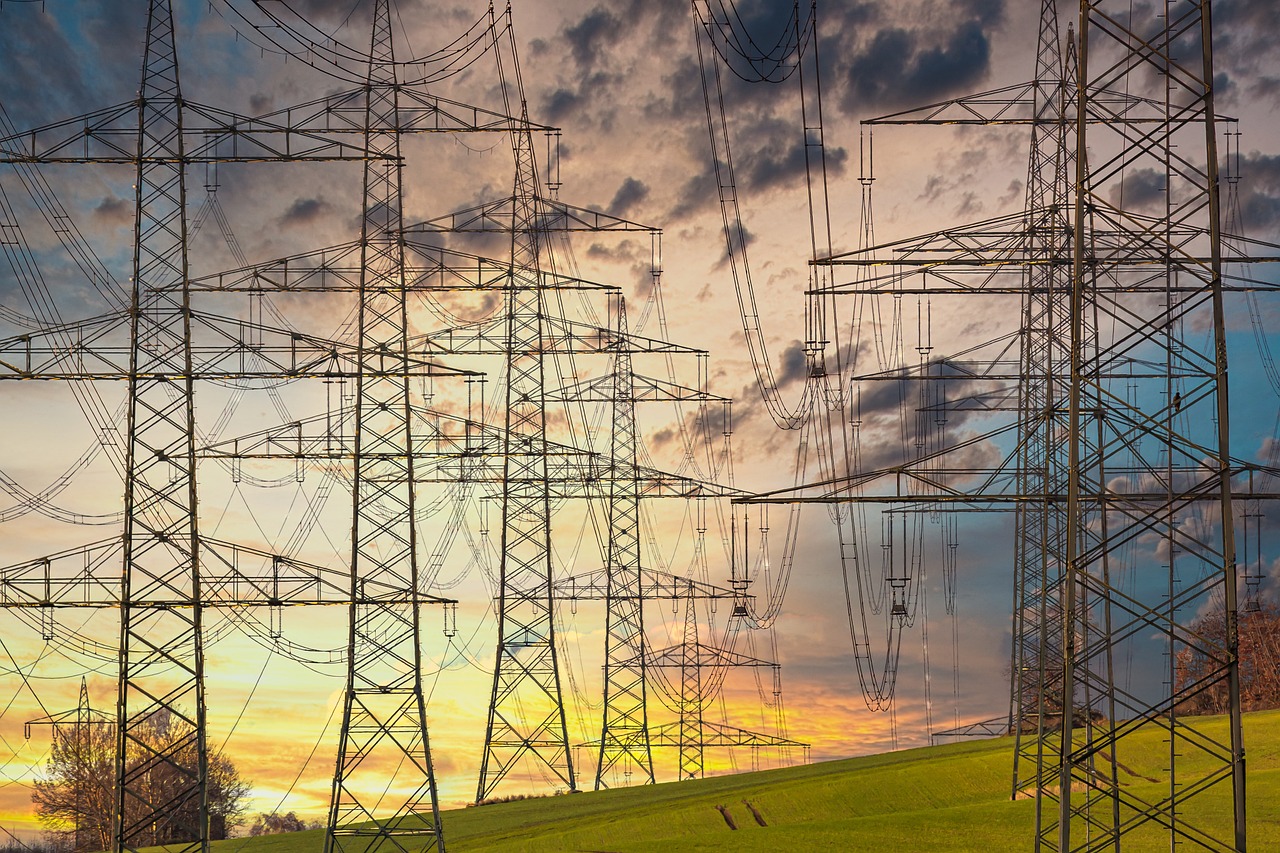A new analysis by PA Consulting for the National Electrical Manufacturers Association (NEMA) found the demand for electricity in the U.S. will grow 50% by 2050. Data centers and transportation electrification will drive the electricity demand about 2% higher each year for the next quarter century.
The consumption will vary by region due to the differences in data center and EV growth. The study found “the Mid-Atlantic and Texas will see the largest data center electricity demand growth through 2025, and the Northeast and West will experience the largest electricity demand growth from EVs between 2035 and 2050.”
NEMA President and CEO Debra Phillips said the analysis’ projections are “somewhere in the middle” compared to other recent studies and that improvements to energy efficiency will mute some potential demand gains.
The analysis also anticipates a 300% growth in data center energy consumption over the next 10 years and a 9,000% rise in e-mobility power consumption through 2050. Although the curve from electric vehicle deployment has “flattened” in recent years, NEMA remains optimistic, citing advances in battery technology that establish greater range and reduce costs.
Phillips called the electricity demand expected “fairly remarkable.”
“Our grid wasn’t designed really to meet demand growth at this rate … and so we’re going to have to get creative around the technology and policy solutions that are going to help us meet the demand,” Phillips said.
NEMA’s report highlights energy storage as key to meeting the demand. It estimates over the next 15 years, the amount of storage connected into the U.S. electricity grid will grow by 1,100%.
The report from NEMA also details policies the group is calling for in response to the study. They include:
- Permitting and siting reform, including for generation, transmission, distribution and critical minerals development, improved interregional electric transmission and the adoption of grid enhancing technologies.
- Tax certainty for grid technologies incentives, domestic manufacturing of critical grid infrastructure and utilities’ ability to invest in smart grid, distributed energy and resiliency.
- An all-of-the-above approach to energy resources, including natural gas, small modular reactors and geothermal.
The “unprecedented” growth in energy consumption, paired with challenges by an aging grid, will force providers into innovating and designing ways to combat these issues.
Michael Plaster, Executive Vice President and Lead Business Manager for ABB’s U.S. electrification business says utility operators will need cutting-edge solutions to improve the reliability of their grid.
Cities and towns across the nation are already putting Plaster’s words into action by making investments into their energy infrastructure. A Reuters survey of 13 major U.S. electric utility earnings transcripts found nearly half had received inquiries from data center companies for volumes of power that would exceed their peak demand or existing generation capacity.
Sempra’s Texas power utility subsidiary, Oncor Electric, which serves the Dallas region, received requests to connect an additional 119 gigawatts (GW). That value is nearly four times the peak electricity use on its system. In another case, Allentown, Pennsylvania-based PPL Corporation had more than 50 GW of data center requests, including at least 9 GW in advance stages of development. That demand is higher than its current generation capacity of 7.2 GW.
In Pennsylvania, Homer City Redevelopment (HCR) and Kiewit Power Constructors are turning what was once the state’s biggest coal-fired power plant, Homer City Generating Station, into a $10 billion natural gas-powered data center campus. The site, about 50 miles outside of Pittsburgh, will host seven gas-fired turbines to power data centers on site with up to 4.5 GW of electricity, enough to power about three million homes.
The campus was designed to capitalize on the fast-growing energy demands of big tech companies to power artificial intelligence (AI) and cloud computing applications. If successful, the project would be the nation’s largest gas-fired power plant and third-largest power generation facility after the Grand Coulee hydroelectric dam in Washington and the new Plant Vogtle nuclear power plant in Georgia. It would also be the state’s largest ever capital investment project.
Texas is also improving its infrastructure to prepare for the anticipated demands. The San Antonio-based CPS Energy Board of Trustees voted to approve additional funding in support of the company’s enterprise resource planning transformation. The $150 million funding will allow CPS Energy to engage Accenture, a leading global professional services company, to implement Oracle’s Integrated Fusion Platform.
The money will also enhance grid reliability by expediting the construction of new transmission lines near San Antonio, aiming to reduce blackout risks and address the state’s growing power needs.













